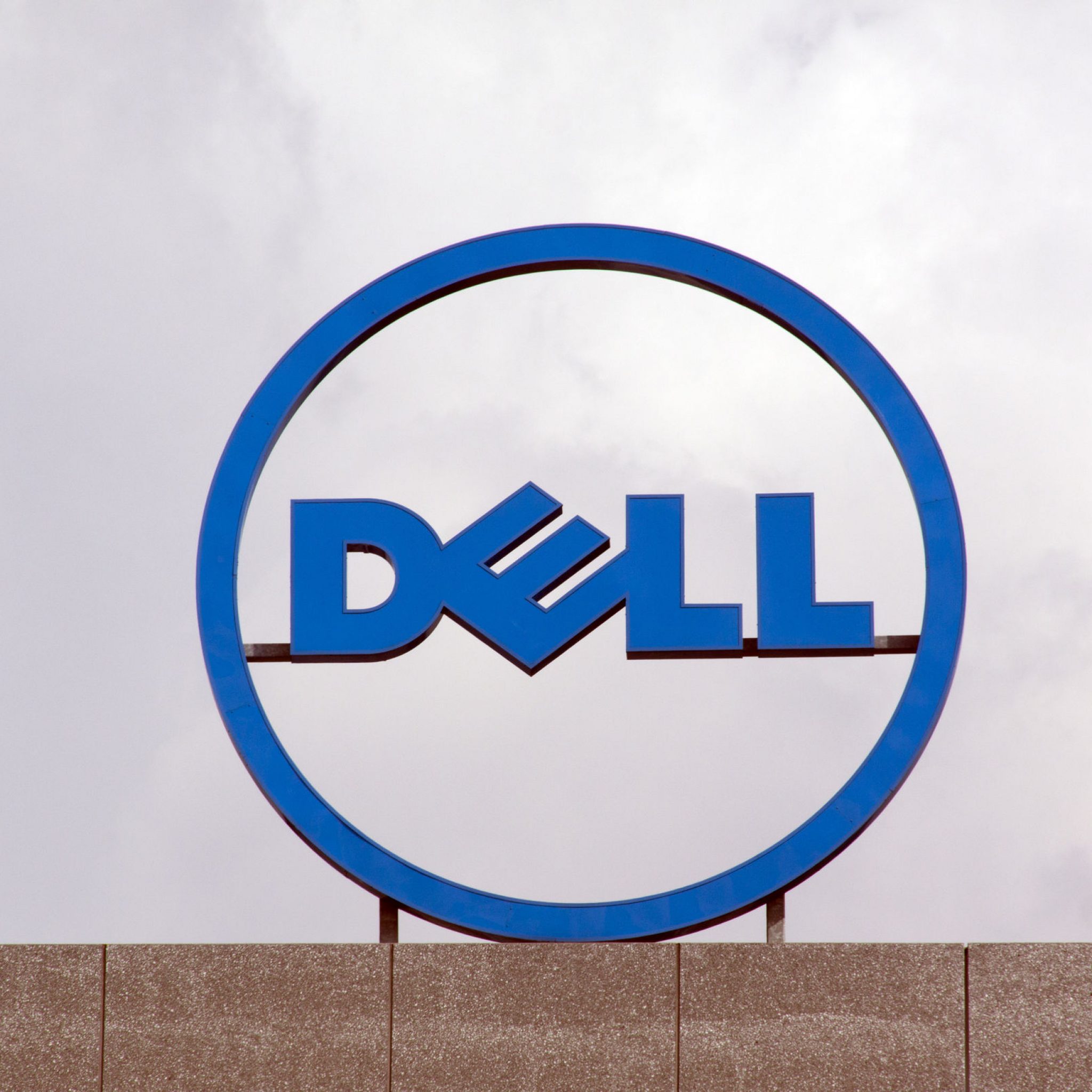Even if you take Open RAN out of the mix (but why do something crazy like that?), Standalone 5G is very much an exercise in integrating bits and bobs from a wide range of hardware and software vendors, then taking that platform to potential enterprise buyers with the hopes it has been built with enough flexibility to support everything from precision robotics on a factory floor to gaseous sensing in a subterranean mine.
So if you’re an operator considering your options in a crowded field of not just network hardware and software vendors but also cloud providers, ISVs, app developers, how do you get your arms around integrating, testing and validating the performance of what could essentially be an open-ended number of combinations? Beyond that, given the economic dynamics carriers face – stagnant consumer ARPUs, pressure from shareholders to monetize the billions spent on 5G, and the need to sell vertical-specific business outcomes while hiding technological complexity – time is certainly of the essence.
Dell Technologies The approach to supporting its telco costumes is the Open Telecom Ecosystem Lab (OTEL) Solution Integration Platform. As described in this blog by Dell’s Paul Norkus and Abdul Thakkadi, the OTEL is “a one-stop integration and validation environment,” including Dell hardware, automation tools, CI / CD and DevOps capabilities, and a wide variety of third-party software, hardware and testing. tools. Everything that vendors and operators need to fully replicate, integrate and validate their solutions and services is included within the platform, as well as secure connectivity to third-party cloud services and networks. ”
And how does an integration / validation environment translate into 5G monetization? “It would take months and millions of dollars for telco operators to create the kind of robust testing environment that OTEL’s Solution Integration Platform delivers. With OTEL, operators and vendors can quickly duplicate real-world network conditions to create, integrate and validate solutions much faster than in the past. The OTEL Solution Integration Platform allows telco operators to compete with other cloud-native 5G service providers by quickly developing and deploying new services into the market. ”
Now let’s add Open RAN back into the mix; Dell Technologies is heavily investing in this area and it adds another vector of complexity by introducing further disaggregation, this time in the radio access network, into an already disaggregated system. The classical anti-open RAN argument would go something like, “You’re just trading out lower capital costs for a less performant solution that you’ll end up spending more to integrate and operate than you would have if you just went with integrated kit . ”
Again, this is where the OTEL – and other collaborative environments like the O-RAN Alliance’s Open Test and Integration Center (OTIC) labs – really shine. The last word goes to the blog authors: “The reality is that operators need to embrace software-defined networks and roll out 5G services quickly if they hope to stay competitive in the years to come… There’s never been a better time — or an easier way — to get started.













